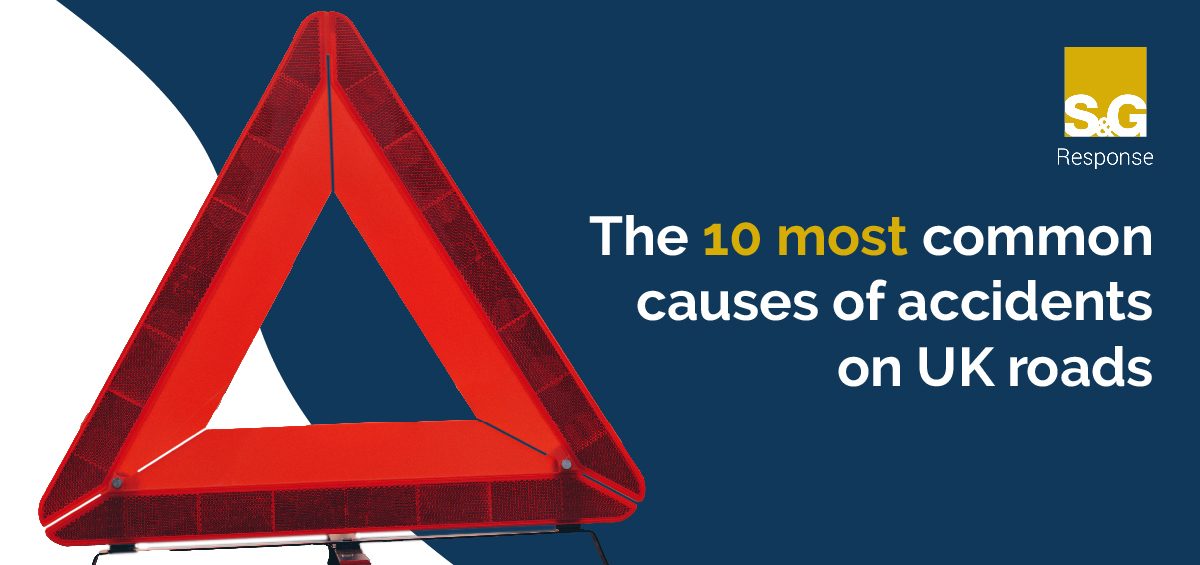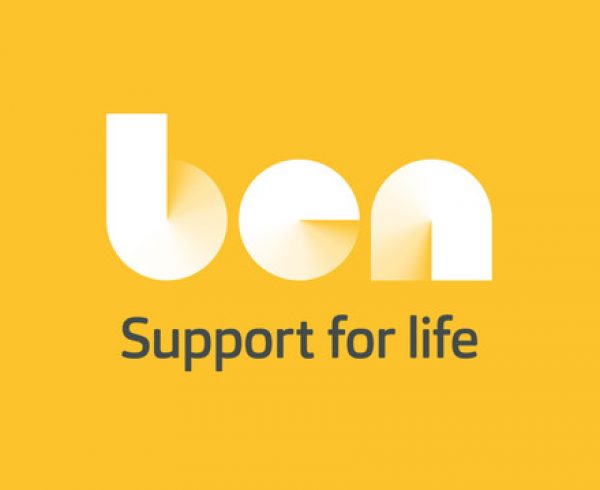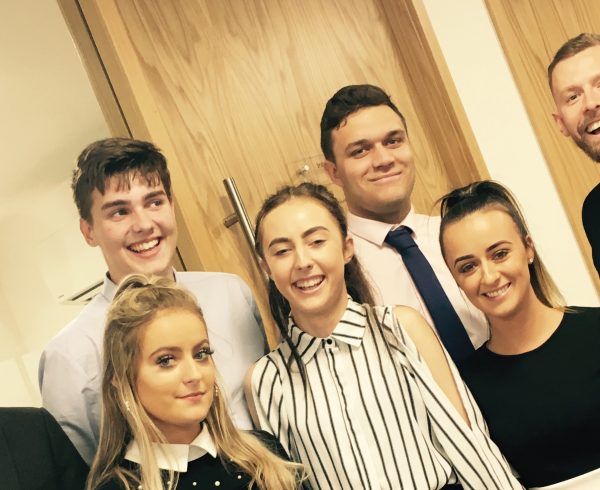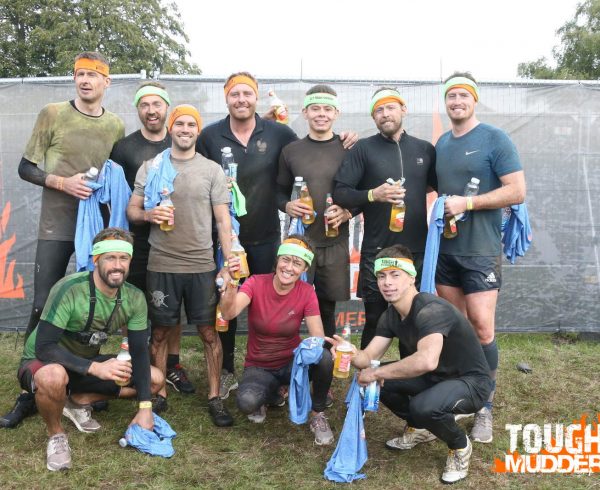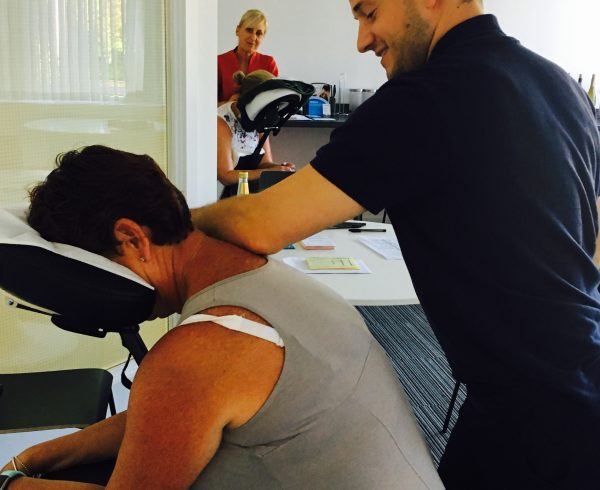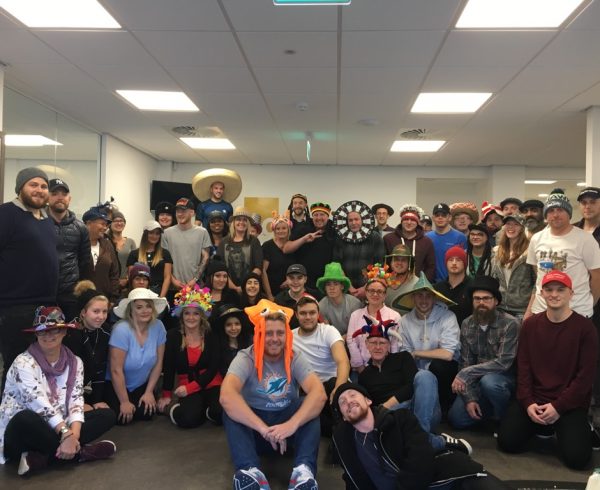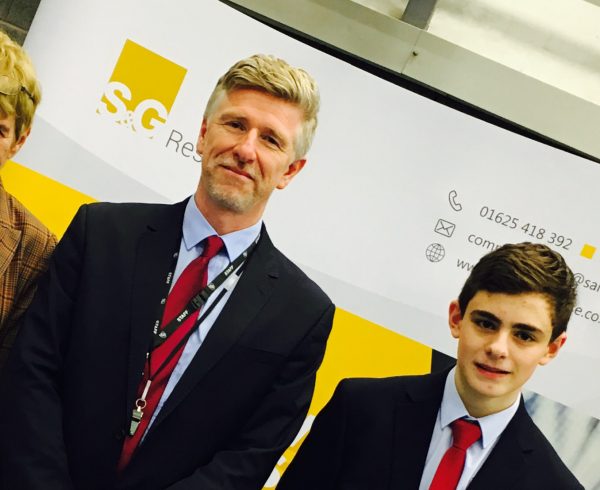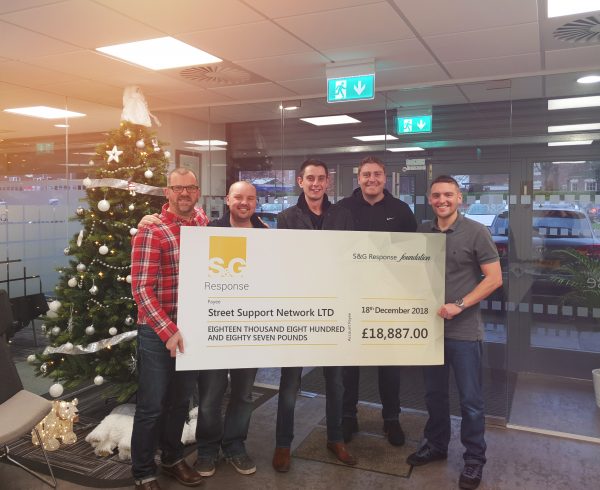Join us as we explore the most common causes of vehicle accidents, how drivers can keep extra vigilant, and the ways in which S&G Response can come to the rescue when we’re needed most.
The dark evenings, icy cold weather and unpredictable congestion will be familiar experiences for drivers across the UK as we’re entering the new year, but what exactly are the most common dangers out there, and what are the top accident causes that drivers need to be aware of now, more than ever?
Rear-end crashes
A rear-end crash is a very common type of collision, and it’s essentially when a driver collides the front of their vehicle with the back of a vehicle in front of them.
These types of accidents can happen for a number of reasons, such as speeding, travelling across icy or severely wet roads or not leaving enough room for adequate stopping distances, but they can also happen due to general driver error too, for example when a driver is distracted by looking at the phone, map or simply not paying enough attention to the road ahead.
Hitting potholes
Any driver will recognise the sudden shock of hitting a pothole, as banging into the uneven surface and sudden drop of the hole puts a lot of stress on a vehicle’s tyres and suspension.
Unfortunately though, whilst many modern vehicles are built to withstand this strain, there’s always going to be chance that an unexpected pothole could damage a tyre to the point of puncture, add excess wear to suspension components or in some cases even break them entirely.
Larger or deeper potholes also have the potential to damage alloy wheels and components underneath a vehicle too, but should a driver notice anything unusual with a commercial vehicle after a hitting a pothole, it’s important to check with a specialist repairer as soon as possible.
Driving through flood water despite warnings
Driving through flood water can put drivers and other road users at risk, as the water damage is more likely to lead to a loss of control of the vehicle. On top of that, any damage caused to a vehicle from driving through flood water may not be covered by insurance as it’s deemed as irresponsible driving.
Topping up wiper fluid with water
Some of the most common substitutes for wiper fluid is washing up liquid, but many drivers don’t realise it actually contains salt which could damage their vehicles. The same goes for water, where many people choose to empty their water bottle into the container as a quick-fix on the road, however plain water on its own is only handy at getting some forms of debris off a windscreen, but won’t effectively remove grime, oils or grease. This means that if a bird does it’s business on a screen, the water could only make the smearing worse, and as a result, it could dangerously obstruct a drivers’ view of the road.
Even worse, however, is that when water is used during the colder winter weather, it has the potential to instantly freeze on a windscreen when temperatures are below 0. This means that if a driver is travelling at speed and attempts to clear their windscreen of dirt, the water can freeze instead, making it almost impossible for the driver to see the road ahead clearly, if at all.
Single-vehicle crashes
These sorts of accidents can involve anything from a driver colliding with a tree, road sign or pole, to simply losing control, running off the road and rolling over. The unfortunate truth is that with these types of accidents, unless it can be proved that it was due to vehicle mechanical failure, the driver would be deemed at fault, as it is ultimately the responsibility of the driver to take control and stop their vehicle before any impact with another object.
Multi-vehicle crashes
Pileups can occur if a driver fails to stop and ends up rear-ending the vehicle in front, therefore causing the vehicle behind to do the same, and so on. This can be dangerous for several reasons, as they can often cause congestion when on busy built-up areas, or even worse, cause further potential accidents when on motorway stretches.
Driving on damaged or bald tyres
Proper tyre maintenance is absolutely essential for all vehicles, as any tyres in use which are below the minimum tread, can cause serious safety concerns.
For heavy goods vehicles (HGVs), the current tread depth legislation requires that tyres must have a minimum of 1mm of tread, whereas cars, vans and light commercial vehicles (LCVs) legally require a minimum depth of 1.6mm.
This tread is required across the central three-quarters of the tyre and around the entire circumference, although best practice is to consider replacing tyres when they reach 3mm of tread.
Leaving them at their minimum or lower than their legal tread where they “ball”, means that a vehicle can no longer grip the road safely or enhance proper traction, making it much harder to turn, operate and brake when you need to.
Spin-out collisions
The colder winter weather bring can often bring heavy rainfall and ice, leading to slippery roads, reduced visibility and severe driving conditions, however, if a driver were to lose control of their vehicle and spin out after ignoring a severe weather warning, they could be spun into the other lane of oncoming traffic.
What’s more, when a vehicle is spinning it’s impossible to regain control until it hits something, or the vehicle comes to a stop.
Ignoring seemingly minor damage
In some cases, experiencing damage to a parked vehicle can lead to a further accident later down the line, more often than not because the full extent of the damage may not be visible. For example, accidentally denting another vehicle in a car park opening a door or scraping a parked car when pulling out of a tight roadside space might seem minor, but it could end up damaging the alignment or impacting tyre safety.
In fact, parked car damage is very similar to “backing up” damage; this could be anything from a ‘harmless’ accident where blind spots were missed before reversing, or when a driver moves forward and a parked car reverses back out of their space before looking properly.
Tired driving
Drivers across the UK may already be familiar with the motorway signs stating “Tiredness can kill, take a break”, alongside the recent increase in electronic motorway signage encouraging drivers “Don’t drive tired.”
These signs are usually placed two miles before a service area to remind drivers to take a break without encouraging them to stop somewhere unsuitable, though the main reason for these signs is simply because road accidents caused by tiredness tend to involve high speed crashes because when a driver falls asleep behind the wheel, they can’t brake to avoid impact.
In other words, the more tired a driver feels, the longer it will take them to react to a situation, and the more dangerous the results can be.
How can S&G Response help?
At S&G, we have been taking the hassle out of vehicle road accidents for more than 10 years, helping customers to get back on the road as quickly as possible following an accident.
As an established and trusted repairer network, we pride ourselves on our nationwide capabilities and innovative product suite. Plus, our 120 strong, market-leading team, operates from our Head Office in Wilmslow, processing over 120,000 claims annually for all vehicle types.
Together, we use all our collective expertise to provide a superior customer journey, minimising the negative impact a vehicle road accident causes, as well as our national coverage of hand-picked BS10125 insurance approved car and LCV repairers, who each deliver industry leading vehicle key-to-key times.
What’s more, this is further supported by our specialist network of 58 HGV repairers, making us a highly valuable resource, and the perfect partner to help you and your business with any motor claims support.
All this together, means that we’re able to handle your vehicle accident from the very first moment you call us. From FNOL services, through to deploying the exact right recovery equipment to the scene and transporting your vehicle to one of our trusted repairers.
Our tailored accident management services make us the most reliable repair network for you to partner with, and it’s our commitment to you that we will always be there when you need us most, first time, every time.
To find out more, reach out to our team today.

